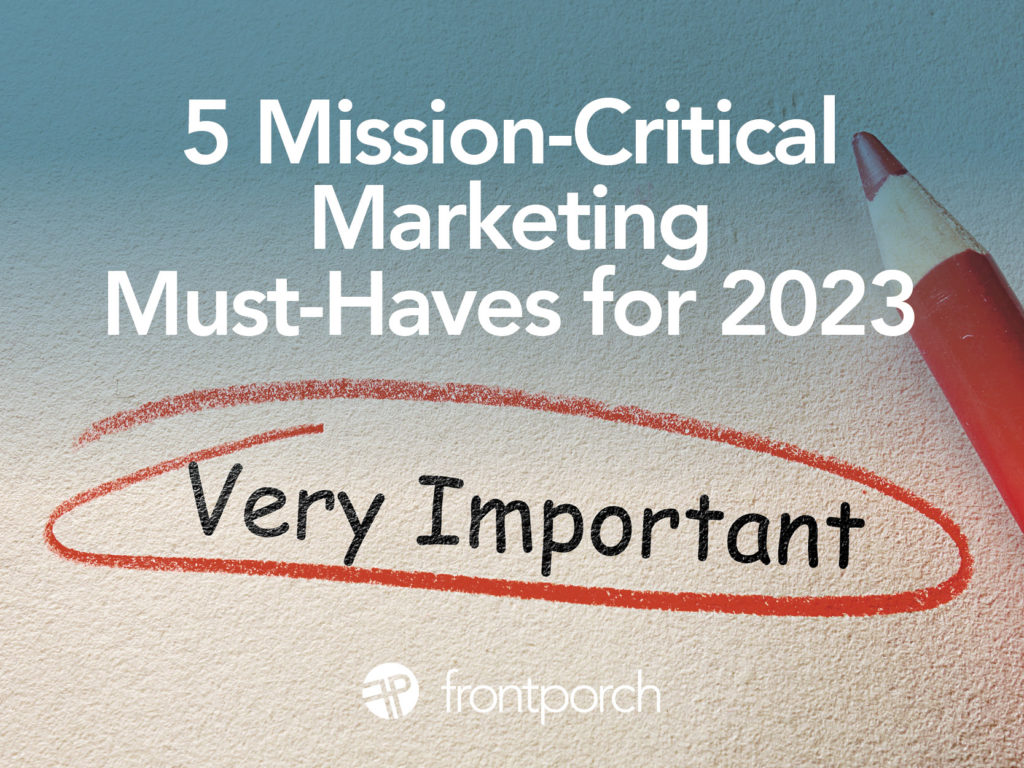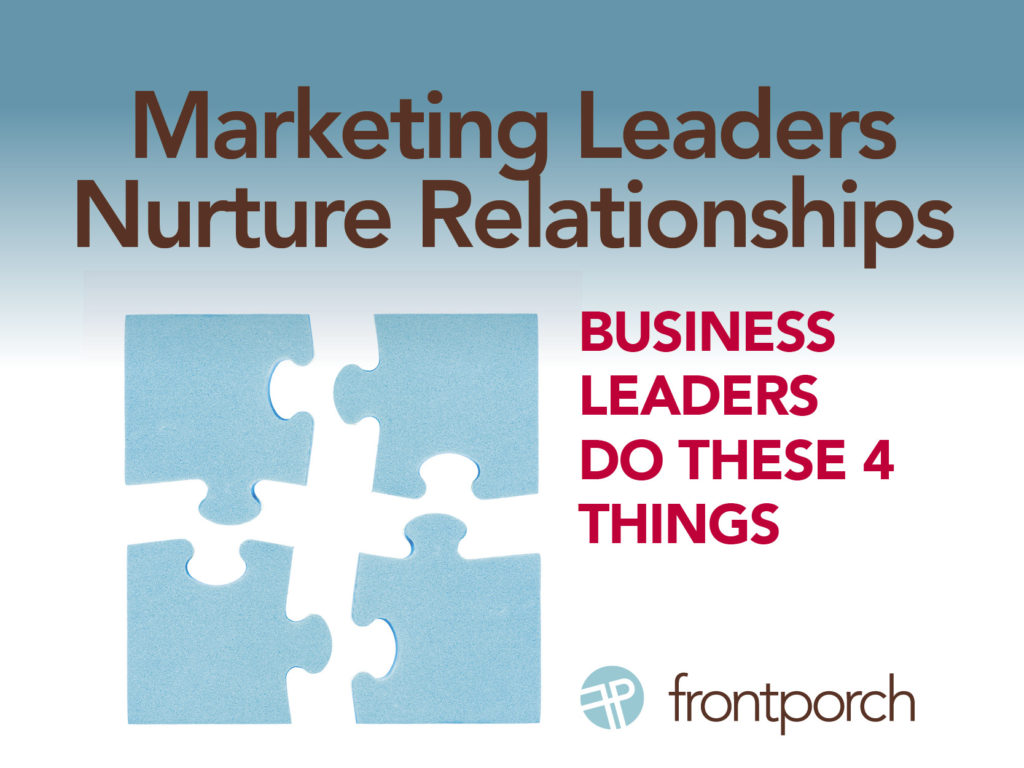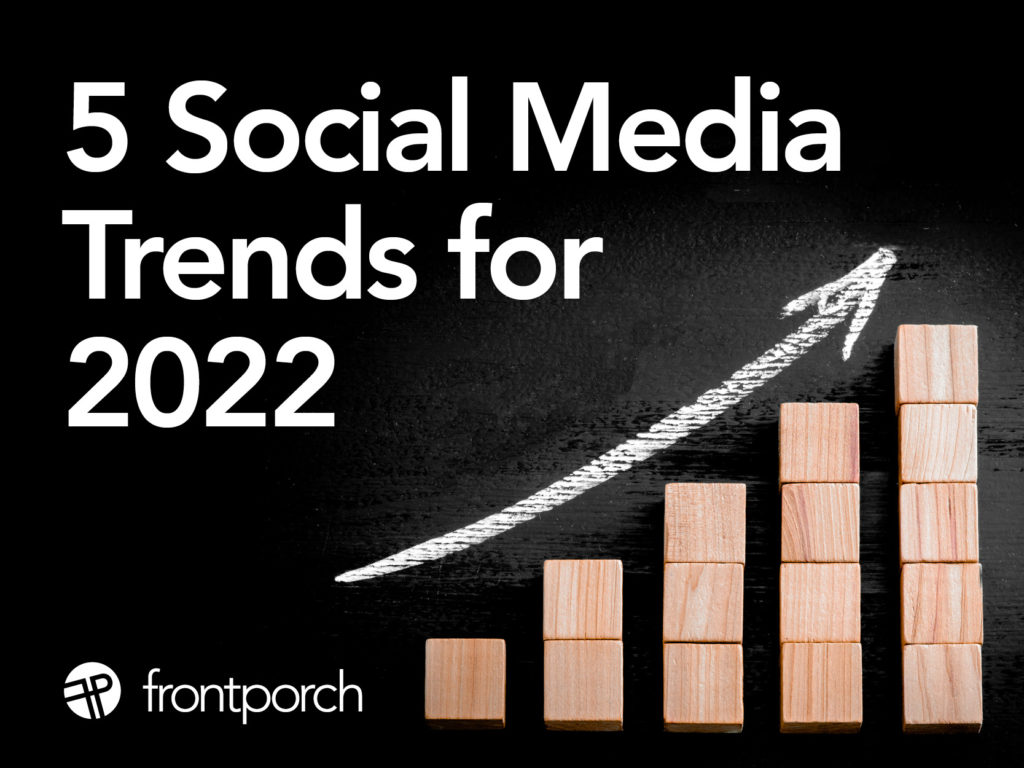
The recent elections completely dominated the news. And will continue to do so in the days that follow. An unpredictable news cycle can occur at any time. This presents a challenge for businesses looking to align their PR in the news.
5 Tips to Draw Out Content in an Unpredictable News Cycle
Erratic news cycles negate the valuable time that is put forth to pitches. These cycles prevent your client’s story from gaining traction. Try one of these techniques for engaging with journalists to get the best results:
1. Flexibility
A client usually has a set date for an announcement or event. It’s absolutely necessary to pivot the strategy if a major news story breaks. If a date cannot be moved, then the plan has to rely on post coverage. Always make sure that ample photos and videos are banked and submitted once the heady headline of the unpredictable news cycle has ebbed.
2. Response
Response time is important! Become the person that a journalist can depend upon. When a news story breaks, reporters are on tight deadlines. Respond immediately to requests for images or quotes from a client that you represent. Always provide links to hi-res photos, a press release with a quote, a product or person overview and a company boiler plate.
3. Newsjacking
David Meerman Scott coined this term in his book, “Newsjacking.” According to Scott, Newsjacking is the process of adding your client’s thoughts and opinions into breaking news stories. Newsjacking is a piggyback onto trending news topics. Clients can still get noticed during unpredictable news cycles using this technique.
4. Evergreen
Evergreen content has virtually no expiration date. So ideally it will retain its value over the long-term — just like trees that never lose their leaves. In terms of value, this content never loses significance. It even continues to gain traction. With the right strategy, evergreen content will consistently generate interest over time. People will reference it for years to come, regardless of the news cycles.
5. Media Downtimes
Generally media downtimes take place during the holidays. During this period, journalists are more receptive to evergreen content, byline articles and feature stories. Incorporate this timeframe into your client’s editorial calendars. Pitch ready stories in mid-November to use at any during the holiday season. This strategy is effective for the obvious fact that the client is getting media coverage. The bonus is that it will run when most people have the time to watch or read the content.
Don’t Fret — This News Cycle Will End
Unpredictable news cycles do end. So in the meantime instead of panicking, try one of these techniques to keep your client’s brand top-of-mind. Preventative or proactive PR and media relations can be a very successful approach to use to keep your client from defaulting to reactive solutions.









